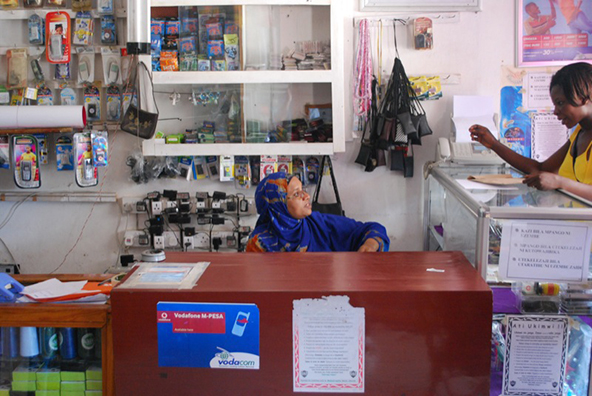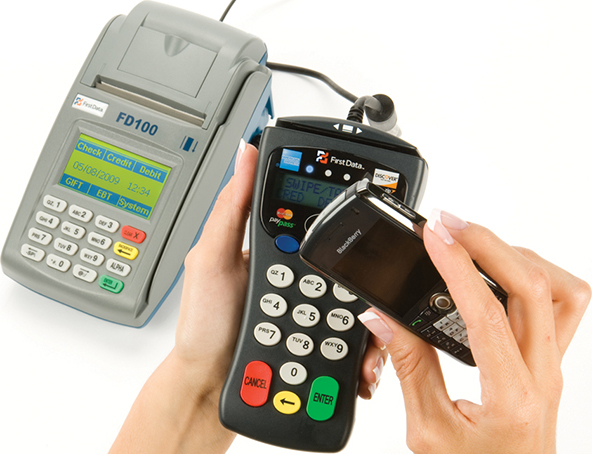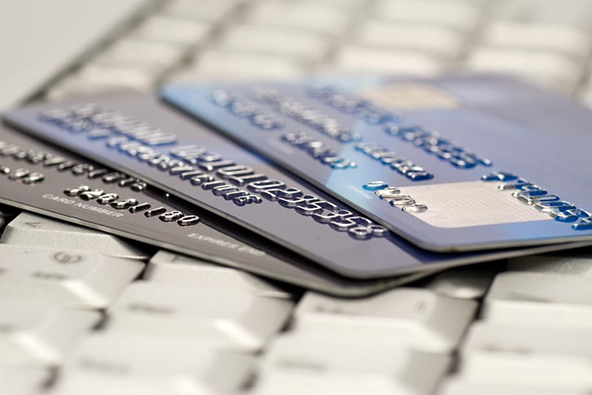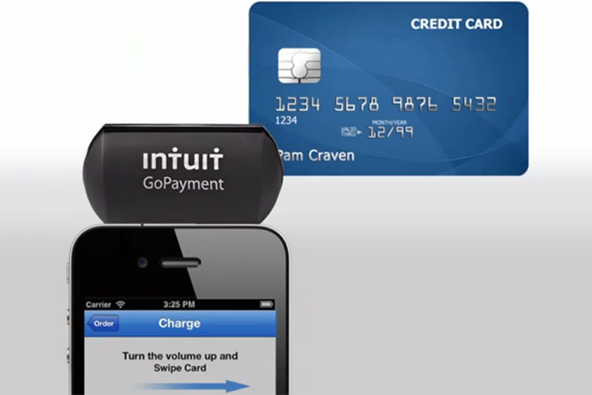M-Pesa, User-Friendliness and Mobile Wallets

A news headline this morning reminded me that M-Pesa has been one of the greatest mobile payments success stories and one that, as readers keep telling us, we had been largely neglecting until very recently. While we are certainly guilty as charged on this count, there is a reason for this lack of coverage. I personally love M-Pesa and have been watching its progress very closely ever since the service went live five years ago.
However, great as M-Pesa has been for Africa, it has virtually no relevance to the U.S. market, which is why this blog has been largely silent on the topic. See, in the markets where M-Pesa operates, it is the only provider of banking services; to put it bluntly, it is a monopoly. Moreover, the services it provides to its customers have been available to Americans for a long time, through other technologies. In the U.S., mobile payments companies have had to compete with the incumbent providers of banking services and convince consumers that they offer a better alternative. But is there nothing we can learn from M-Pesa? Well, there just may be something there and it prompts me to say a few words about mobile wallets that I’ve meant to say for some time.
What Does M-Pesa Do?
The best description of M-Pesa that I’ve come across is Wikipedia’s, which describes it as a “branchless banking service.” That is precisely what it is. Moreover, in Kenya more consumers have cell phones than bank accounts and M-Pesa enables them to process transactions entirely through their mobile phones. M-Pesa customers can:
- Deposit or withdraw cash.
- Send money.
- Buy goods and services.
- Buy airtime.
Users can do all that without a bank account. In effect, the users’ accounts with Safaricom, which is the mobile network that operates M-Pesa, function very much like bank accounts, even though Safaricom is not technically a bank. In the U.S., charging payments to one’s cell phone bill is known as “direct carrier billing,” but the practice is not nearly as widespread and is subject to numerous restrictions.
M-Pesa and User-Friendliness
There is no secret to M-Pesa’s success. Safaricom has created a service that people need and has made it affordable enough so that they can actually use it. By contrast, in the U.S. there is no similar gap to be filled. Here we are able to complete transactions in all kinds of different ways and so we don’t need any new payment technology; it could be merely convenient if we had a service that was better than the existing ones.
Take the digital wallet as an example, which is the mobile payments service that is attracting the most attention and investment in the U.S. At its best, a mobile wallet would be a digital copy of the leather-bound one that you carry in your pocket or purse. Its main promise is that it would replace its physical counterpart. That is not a necessity; it’s a convenience. Actually, at present mobile wallets offer only a promise for convenience. There are two issues that need to be resolved before this idea can materialize. Firstly, mobile wallets are reliant on an infrastructure of compatible NFC-capable phones and point-of-sale terminals that will take years and billions of dollars to fully deploy. Secondly, it is far from certain that users would be able to freely select the types of payment methods to be used with their digital wallets.
Now, there is no reason to doubt that the first issue will be resolved. All major U.S. credit card networks have endorsed the idea. The biggest retailers and mobile networks are also involved in various mobile wallet projects and Google has partnered with one of them (Sprint). It is very likely that Apple will join the fray sometime soon, and so will other heavyweight tech companies. So the money is there.
The second issue is where the U.S. m-payments providers can possibly look to M-Pesa for inspiration. The Kenyan processor has created an incredibly user-friendly payment system, which anyone can use without the need for any training. That is precisely what every mobile payments service should strive to offer. A user-friendly mobile wallet would be able to accommodate all types of payment cards and should be accepted at all merchants. Anything less than that would fall short of what’s needed. However, achieving such an objective will be difficult, as the various U.S. mobile wallet providers will be competing with one another, not working together.
The Takeaway
So we may end up with some merchants’ POS systems accepting Isis wallets, but not Google wallets and vice versa at others. I guess here would be a good place for the credit card networks to sit together and set the mobile wallet rules, just as they did with PCI compliance a few years ago. If properly done, that would still leave the combatants free to clobber one another as much as they want, but consumers would not have to feel the pain.
Image credit: Wikimedia Commons.


